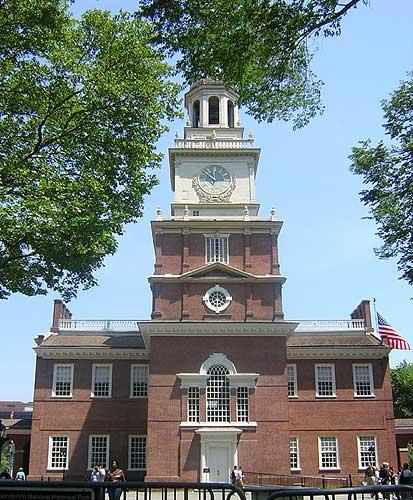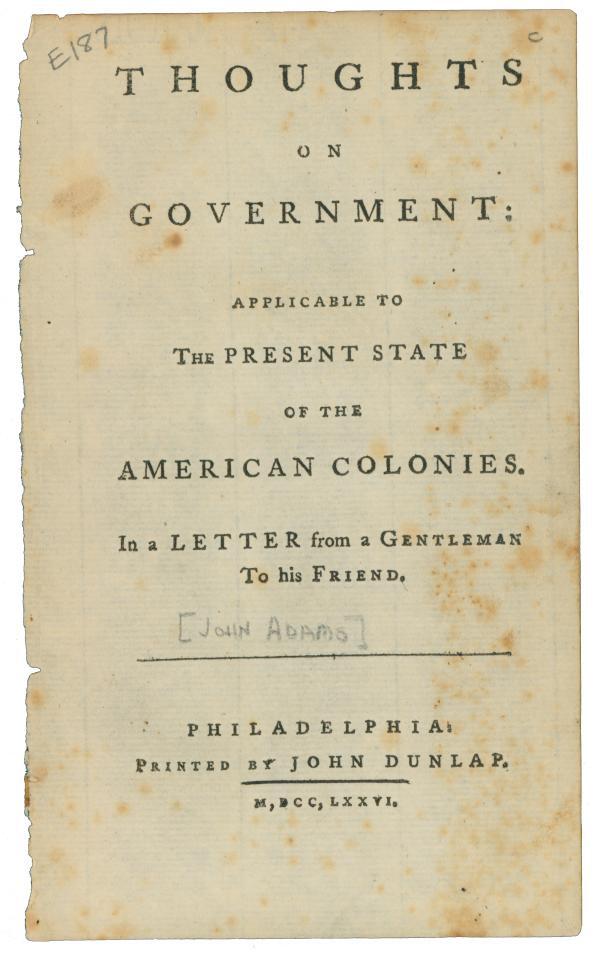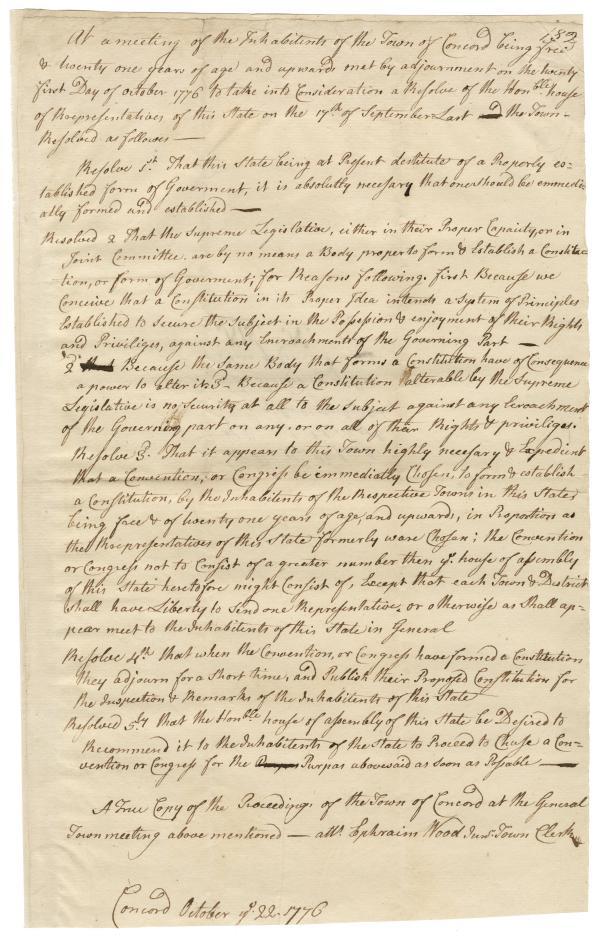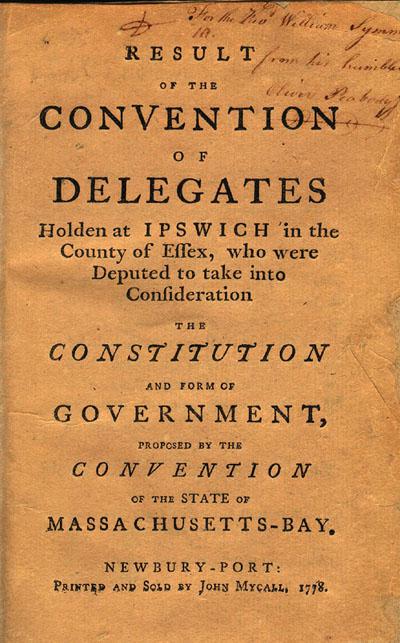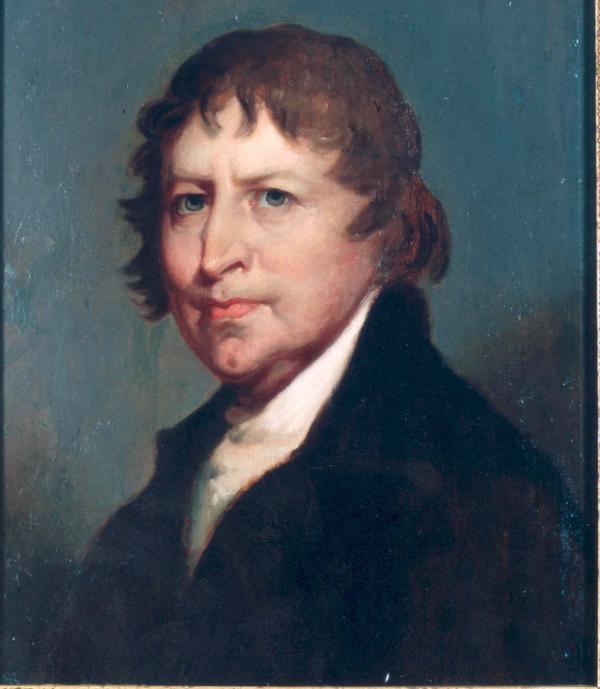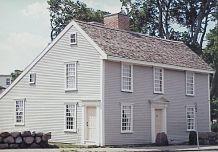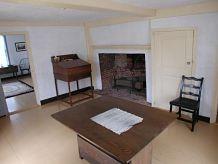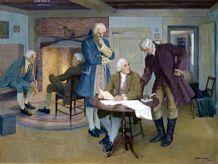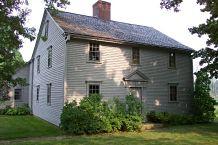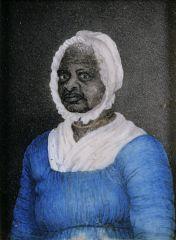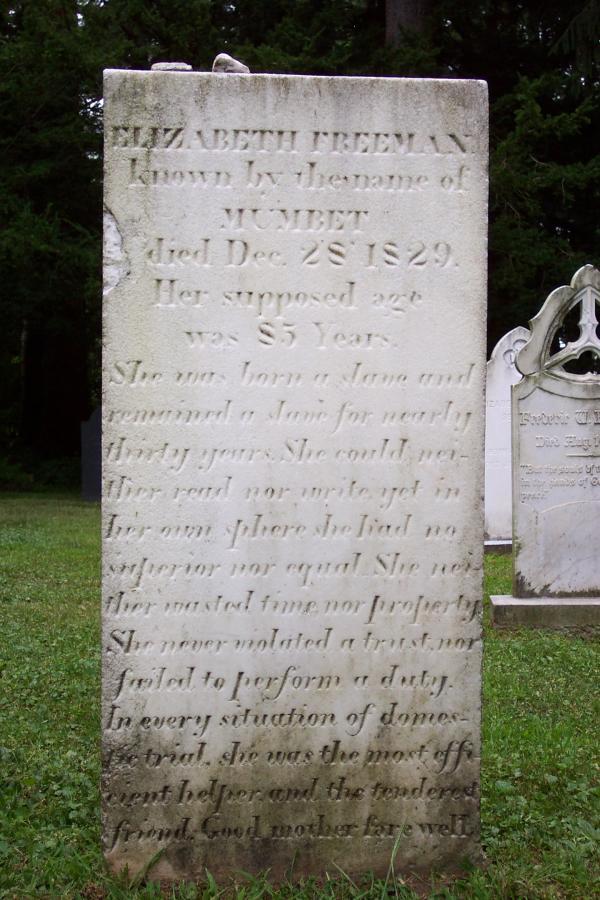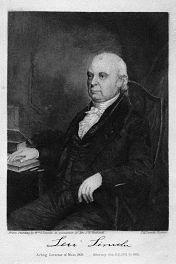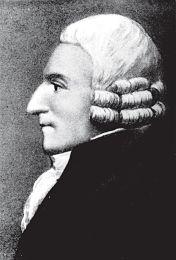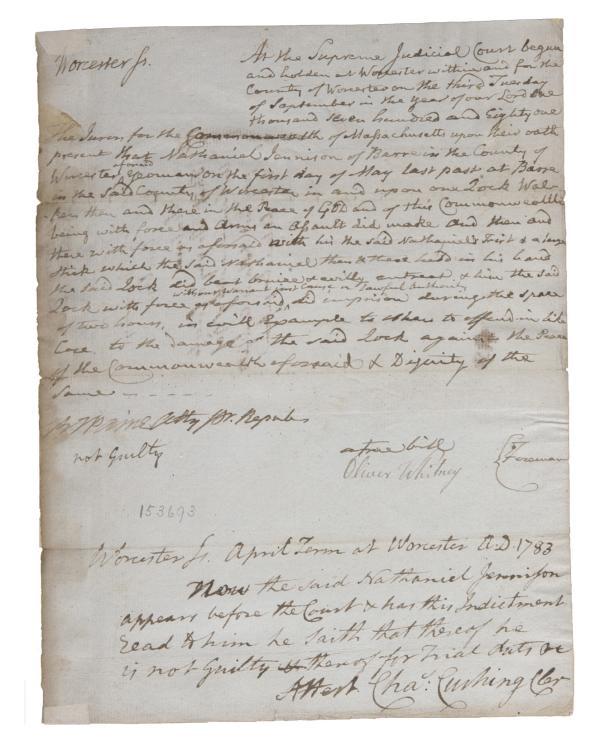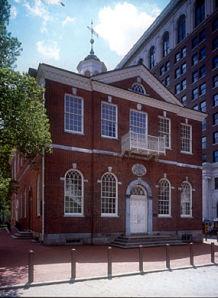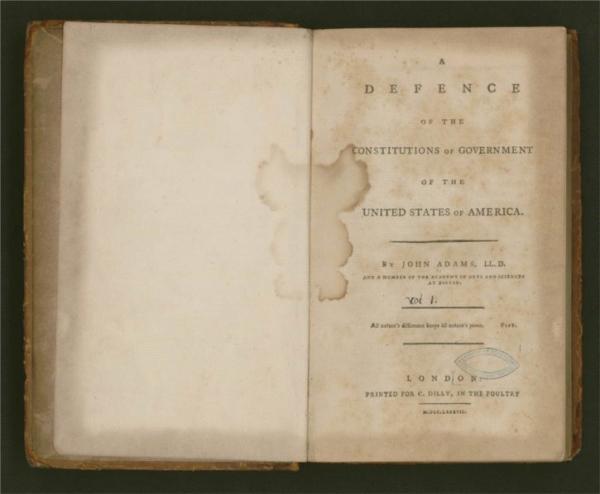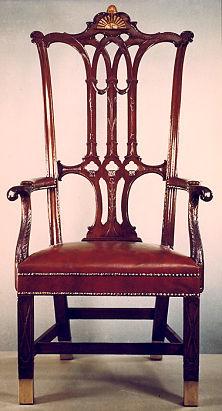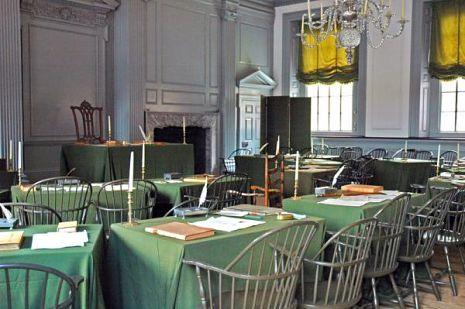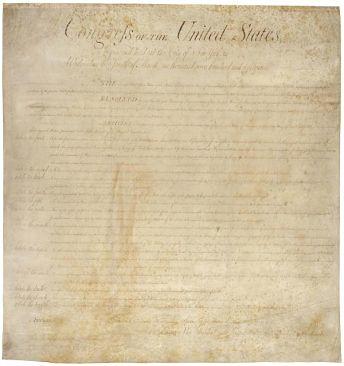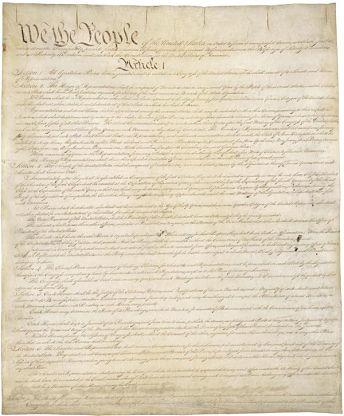The American Revolution required success on two fronts. The thirteen colonies pledged to achieve both separation from Great Britain and the establishment of a nation based on self-government. John Adams was pivotal to the success of both goals.
Adams's role as a Patriot leader and early supporter of independence is well known. Less well known are his essential contributions to our constitutional form of government. Adams knew that separation from Great Britain must be accompanied by the adoption of written constitutions providing for stable and democratic governments.
In April 1776, Adams's extraordinarily influential pamphlet, Thoughts on Government, was published. He set forth a new framework for government—one that included three separate branches: an executive, a bicameral (two house) legislature, and an independent judiciary. In May 1776, two months before the Second Continental Congress adopted the Declaration of Independence, Adams spearheaded passage of a Resolution requesting each of the thirteen "United Colonies" to adopt its own new form of government.
Massachusetts adopted its new Constitution in 1780, although national independence was not yet won. Breaking new ground, the people of Massachusetts insisted that their state constitution be written by delegates elected to a special constitutional convention and presented to the voters for ratification. This Constitution, primarily drafted by John Adams, contains a written Declaration (Bill) of Rights and a Frame of Government modeled after the one articulated in Thoughts on Government. The Massachusetts Constitution of 1780 was the primary model for the United States Constitution and the many other subsequent national constitutions that have relied on American government as a model.
A president of the American Historical Association, Andrew McLaughlin, once described the Massachusetts Constitution as the "single fact or enterprise that more nearly than any other single thing embraced the significance of the American Revolution." The Massachusetts Constitution remains in effect today; it is the oldest still-functioning written constitution in the world, and a fitting tribute to the genius of John Adams.
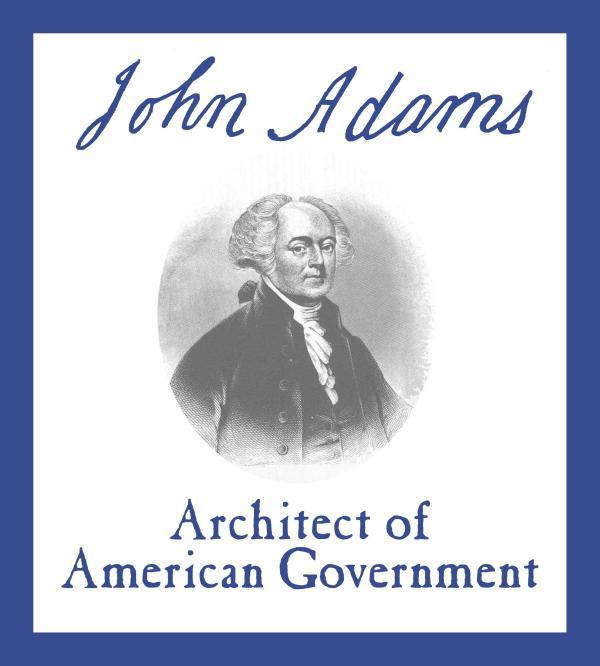
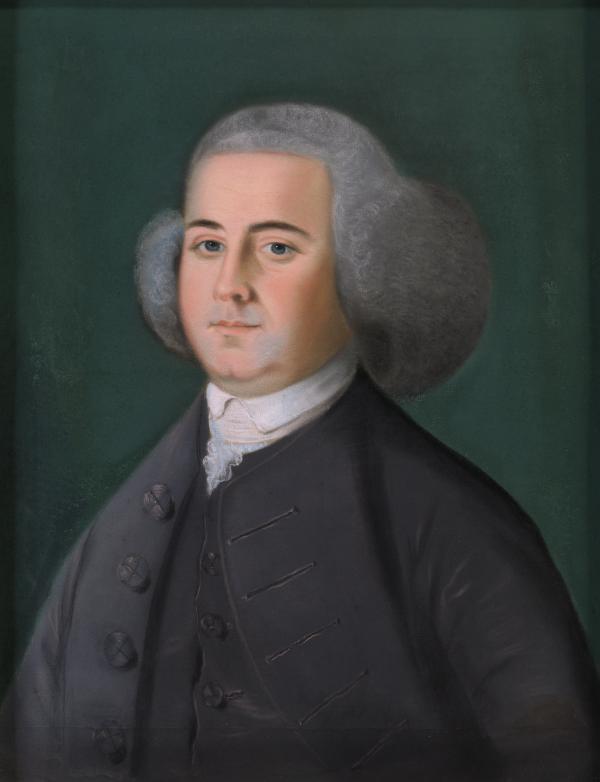
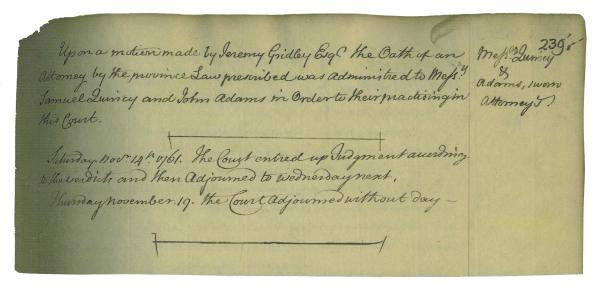
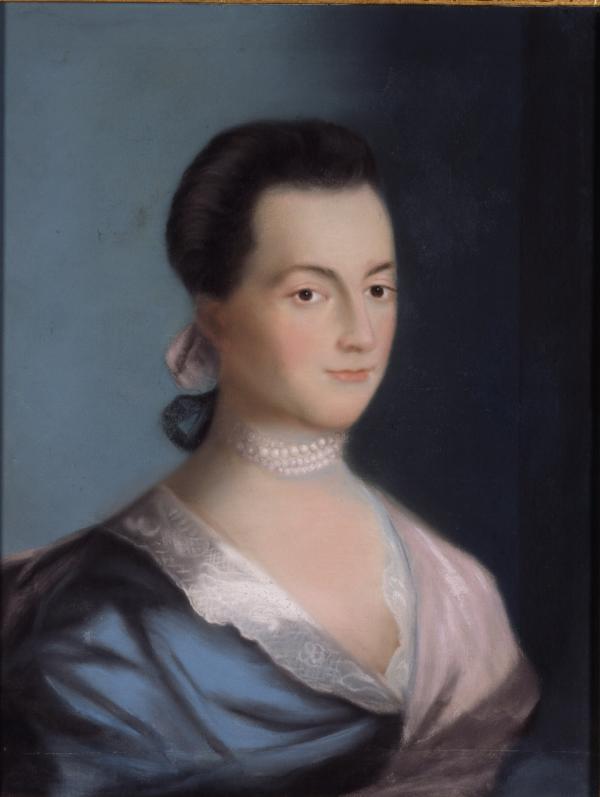
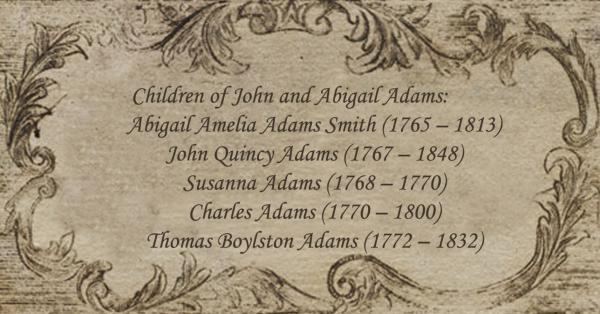
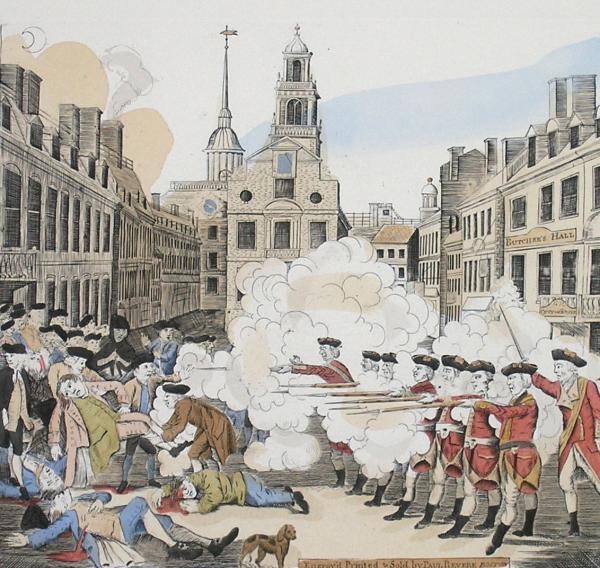
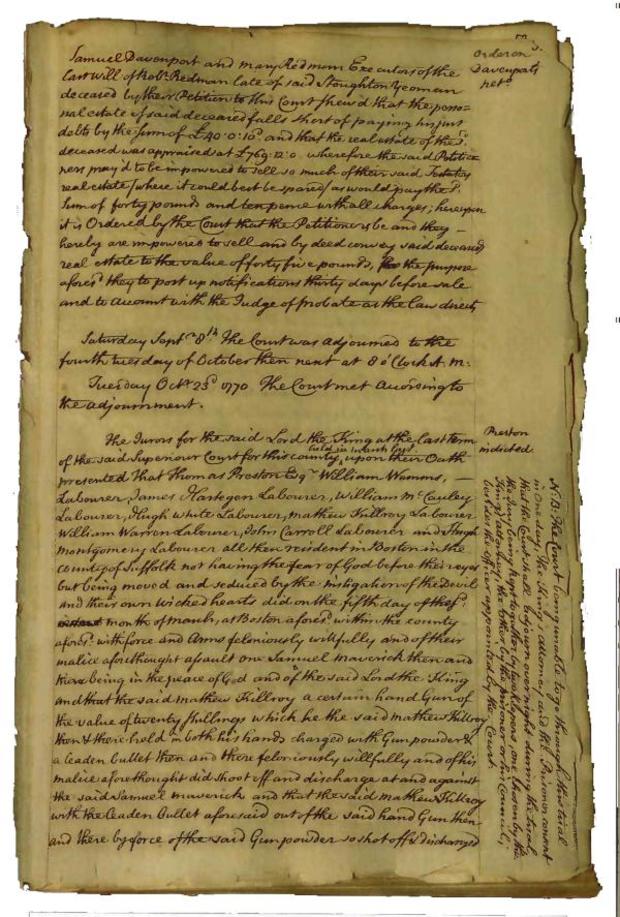
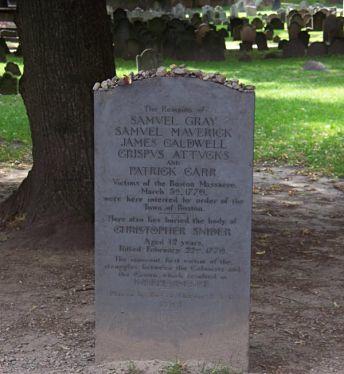
![Location of Boston Massacre with view of [Old] State House](https://www.mass.gov/files/styles/embedded_half_width/public/location-of-boston-massacre-6c-344x374.jpg?itok=CUyJ2yNQ)
